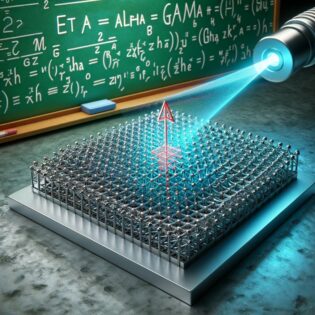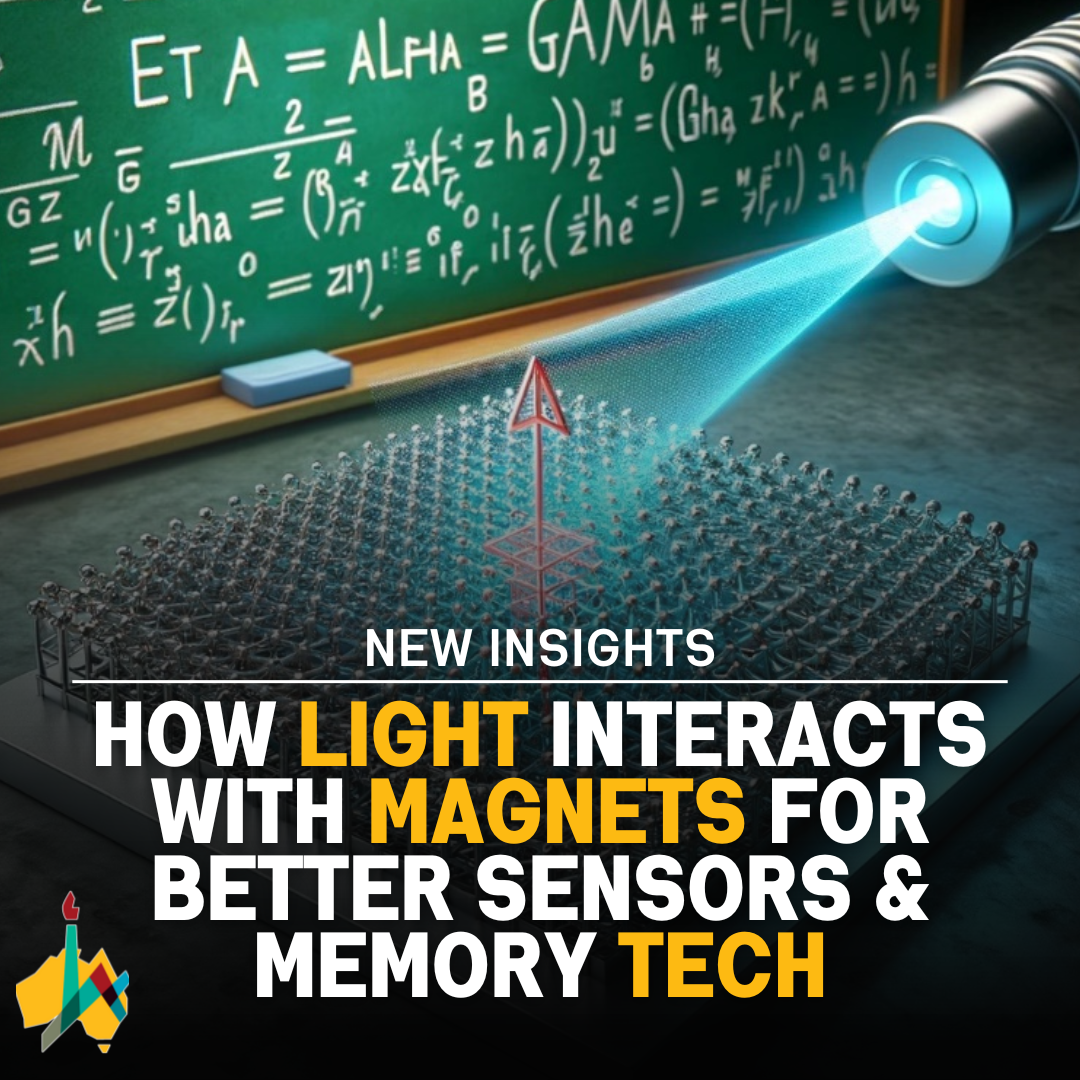New study at Hebrew University uncovered a previously unknown connection between light and magnetism. This discovery could lead to super-fast light-controlled memory technology and innovative sensors that detect the magnetic part of light. This breakthrough is expected to revolutionize how we store data and build devices in various industries.
Professor Amir Capua, head of the Spintronics Lab within the Institute of Applied Physics and Electrical Engineering at Hebrew University of Jerusalem, announced a pivotal breakthrough in the realm of light-magnetism interactions. The team’s unexpected discovery reveals a mechanism wherein an optical laser beam controls the magnetic state in solids, promising tangible applications in various industries.
“This breakthrough marks a paradigm shift in our understanding of the interaction between light and magnetic materials,” stated Professor Capua. “It paves the way for light-controlled, high-speed memory technology, notably Magneto resistive Random Access Memory (MRAM), and innovative optical sensor development. In fact, this discovery signals a major leap in our understanding of light-magnetism dynamics”.
The research challenges conventional thinking by unraveling the overlooked magnetic aspect of light, which typically receives less attention due to the slower response of magnets compared to the rapid behavior of light radiation. Through their investigation, the team unraveled a new understanding: the magnetic component of a rapidly oscillating light wave possesses the capability to control magnets, redefining principle physical relations. Interestingly, an elementary mathematical relation that describes the strength of the interaction was identified and links the amplitude of the magnetic field of light, its frequency, and the energy absorption of the magnetic material.
The discovery is tightly linked to the realm of quantum technologies, and combined principles from two scientific communities that so far had little overlap: “We arrived to this understanding by using principles that are well established within the quantum computing and quantum optics communities but less so in the spintronics and magnetism communities.” The interaction between a magnetic material and radiation is well established when the two are in perfect equilibrium. However, the situation where there is both radiation and a magnetic material that are not in equilibrium has so far been described very partially. This non-equilibrium regime is at the core of quantum optics and quantum computing technologies. From our examination of this non-equilibrium regime in magnetic materials, while borrowing principles from quantum physics, we have underpinned the fundamental understanding that magnets can even respond to the short time scales of the light. Moreover, the interaction turns out to be very significant and efficient. “Our findings can explain a variety of experimental results that have been reported in the last 2-3 decades” explains Capua.
“This discovery has far-reaching implications, particularly in the domain of data recording using light and nano-magnets,” remarked Professor Capua. “It hints at the potential realization of ultra-fast and energy-efficient optically controlled MRAM, and a seismic shift in information storage and processing across diverse sectors.”
Moreover, in tandem with this discovery, the team introduced a specialized sensor capable of detecting the magnetic part of light. Unlike traditional sensors, this cutting-edge design offers versatility and integration across various applications, potentially revolutionizing sensor and circuit designs utilizing light in diverse ways.
The research was conducted by Mr. Benjamin Assouline, a Ph.D. candidate in the Spintronics Lab, who played a vital role in this groundbreaking discovery.
Recognizing the potential impact of their breakthrough, the team has applied for several related patents.
The research was supported by the Israel Science Foundation, Peter Brojde Center for Innovative Engineering and Computer Science, and the Center for Nanoscience and Nanotechnology of the Hebrew University of Jerusalem
The article titled “Helicity-dependent optical control of the magnetization state emerging from the Landau-Lifshitz-Gilbert equation” was published in the Physical Review Research and can be accessed at https://journals.aps.org/prresearch/abstract/10.1103/PhysRevResearch.6.013012
Pictures
Title: Revolutionizing light Interaction with magnetic materials
Credit: Amir Capua

Title: Harnessing optical beams for magnetic recording (applications)
Credit: Amir Capua

The Hebrew University of Jerusalem is Israel’s premier academic and research institution. With over 25,000 students from 90 countries, it is a hub for advancing scientific knowledge and holds a significant role in Israel’s civilian scientific research output, accounting for nearly 40% of it and has registered over 11,000 patents. The university’s faculty and alumni have earned eight Nobel Prizes and a Fields Medal, underscoring their contributions to ground-breaking discoveries. In the global arena, the Hebrew University ranks 86th according to the Shanghai Ranking. To learn more about the university’s academic programs, research initiatives, and achievements, visit the official website at http://new.huji.ac.il/en

